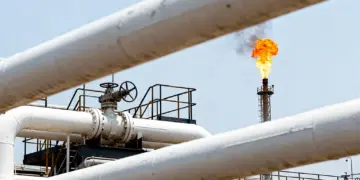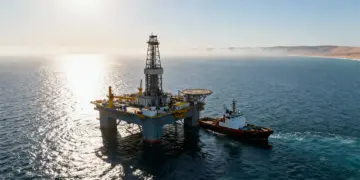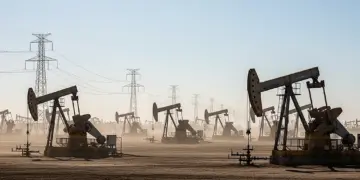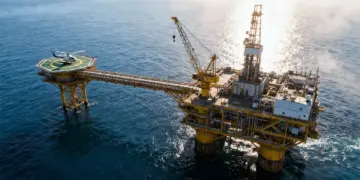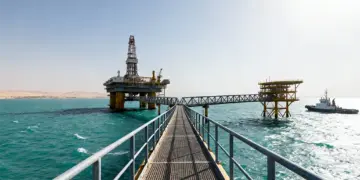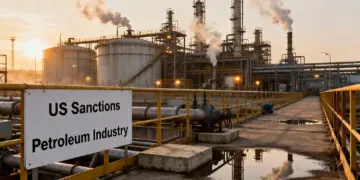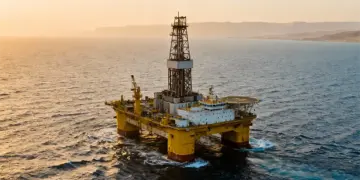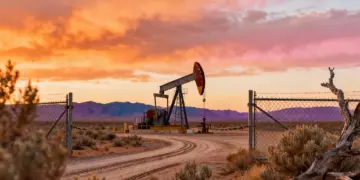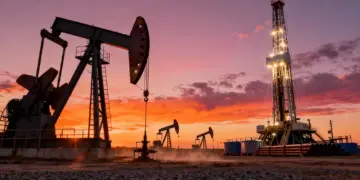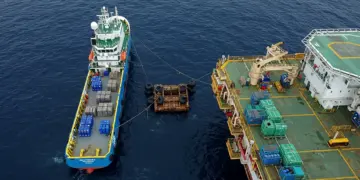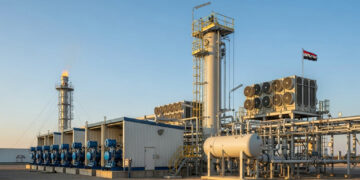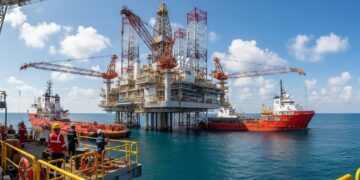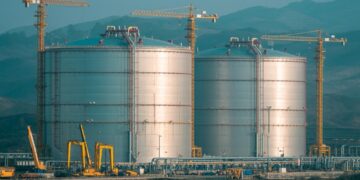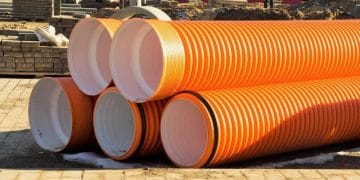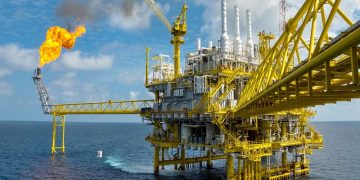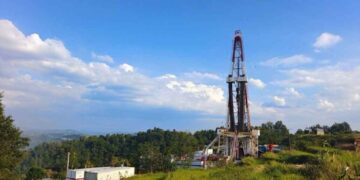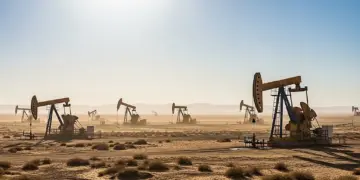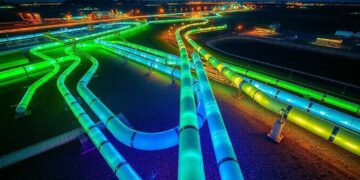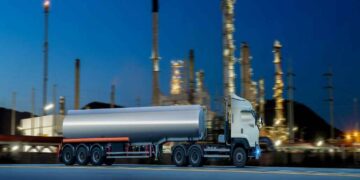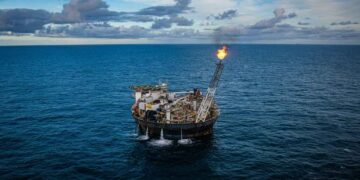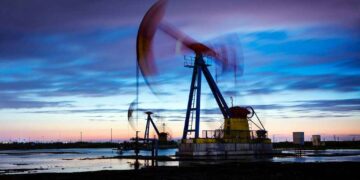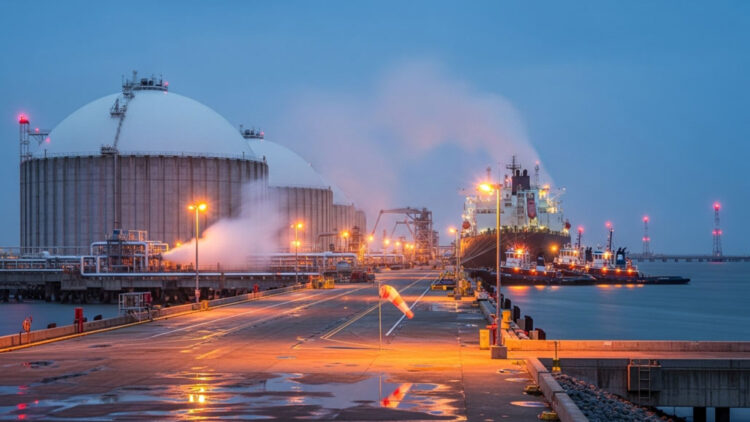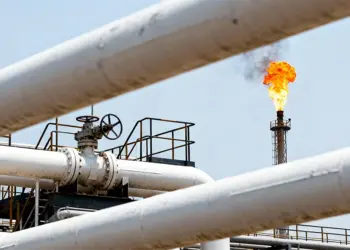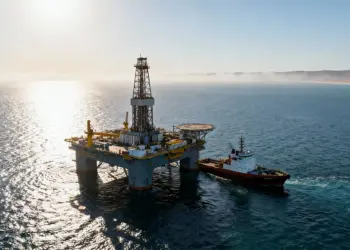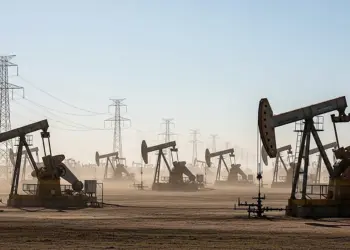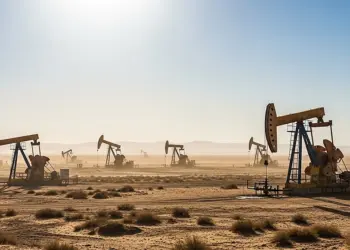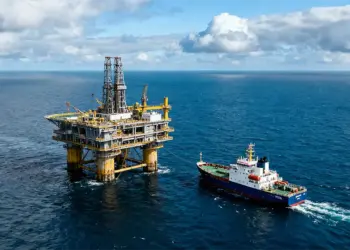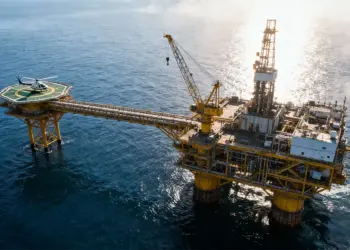The US liquified natural gas exports are going to grow by almost 10% every year till 2030 as the energy firms double their LNG production capabilities as per the analysts, thereby providing a shot in the arm to the nation’s maturing shale industry, which has seen growth that is slow as the costs rise.
It is well to be noted that the US happens to be the world’s largest oil as well as natural gas producer, but the fact remains that many of the best drilling locations that it has have already been tapped. While the production when it comes to oil is anticipated to plateau or even for that matter fall in the months to come, gas still happens to remain a bright spot for the sector, all thanks to the exports that are very much booming throughout the country.
Apparently, US LNG exports are indeed on track in order to grow from a record 11.9 ³ feet per day (bcfd) in 2024 to almost 21.5 bcfd by the end of the decade, as per the US Energy Information Administration (EIA) Outlook. This expectation indeed showcases a lot of confidence within the US LNG manufacturers as the trend looks very positive and also appealing.
Interestingly, US LNG producers are building fresh terminals in order to super chill the gas towards its liquid state for exports. They look forward to meeting the booming demand when it comes to fuel across the world so as to meet the growing energy consumption, as many countries happen to be phasing out and moving away from the coal-fired power plants and rightly so.
There is indeed no shred of doubt that all this is providing a very strong growth prospect for the gas production regions across the country. Morgan Stanley happens to project gas output in the Haynesville shale in Louisiana to grow by almost 41% and in the Permian Basin across Texas and New Mexico by 21% between 2024 and 2027. The Marcellus as well as the Utica shales, which span certain parts of Pennsylvania, West Virginia, and Ohio, are going to grow by 9%, as per the Morgan Stanley estimates.
It is worth noting that the US gas producers as well as investment firms are gearing up for more activity across the Haynesville area, thereby positioning themselves for the boom within US LNG exports, which have been boosted by fresh approvals given by Donald Trump, the US president.
According to the CEO of Expand Energy, which happens to be the biggest gas producer in the country, Domenic Dell’Osso, within a 300-mile radius of their Haynesville assets, there are over 12 bcfd when it comes to LNG demands that are under construction and to be in service by 2030.
Apparently, already in 2025, the US energy firm, Venture Global LNG, has gone on to sanction the construction of CP2, which is its third export plant in Louisiana, while its rival, Cheniere Energy, has decided to come up with two more liquefaction trains at the Corpus Christi plant situated in Texas.
Woodside Energy Group, which is an Australian firm, has said that it is going to move forward with its LNG project based in Louisiana.
Apparently, there are analysts who expect more energy firms to make utmost use of favorable federal permit policies rolled out by Trump in order to build more LNG export plants as well as pipelines in the next 1 year.
Trapped gas
In totality, the EIA goes on to project that the US gas output is going to climb from a record 103 bcfd in 2023 to almost 113 bcfd by the end of the decade, with most of the fuel going ahead and meeting the soaring LNG export demands. Canada, on the other hand, is also going to supply an average of almost 7 bcfd of pipeline gas to the US in the next five years.
Even as the LNG demand rises, the EIA has projected overall US gas demand, which includes domestic consumption along with exports, to only rise by almost 1% every year on average between now and 2030, climbing from 111.5 bcfd in 2024 to almost 120.3 bcfd in 2030.
This kind of slow growth comes as the domestic gas consumption goes on to slide to around 89.6 bcfd by the end of the decade from what it was in 2024 at 90.5 bcfd.
This is mainly due to the declines in the amount of gas that happens to power the generators as the output of renewables rises.
There are some of the energy analysts, however, who expect that US power generators are going to burn more gas in the years to come as compared to the EIA forecasts in order to meet their fast demand when it comes to electricity coming from power-hungry data centers. Apparently, there would be new pipelines as well as other infrastructure, which would be required in order to transport the gas to the market.
In the US Northeast, the capacity to transport gas is likely to remain quite constrained, thereby capping the potential output growth over there to almost 3 bcfd by the end of the decade, unless there are more pipelines, which could be built.
According to the CEO of Range Resources, Dennis Degner, evaluating this dependable supply is going to require new pipelines along with supporting infrastructure. Range Resources happens to be one of the biggest US gas producers, which has operations across the Utica as well as Marcellus regions.
There are several other US pipeline firms like Williams Cos, Kinder Morgan, and Energy Transfer, which have already begun their spending of billions in order to build hundreds of miles of new pipe across the Northeast so as to supply more gas for exports as well as domestic demand.


